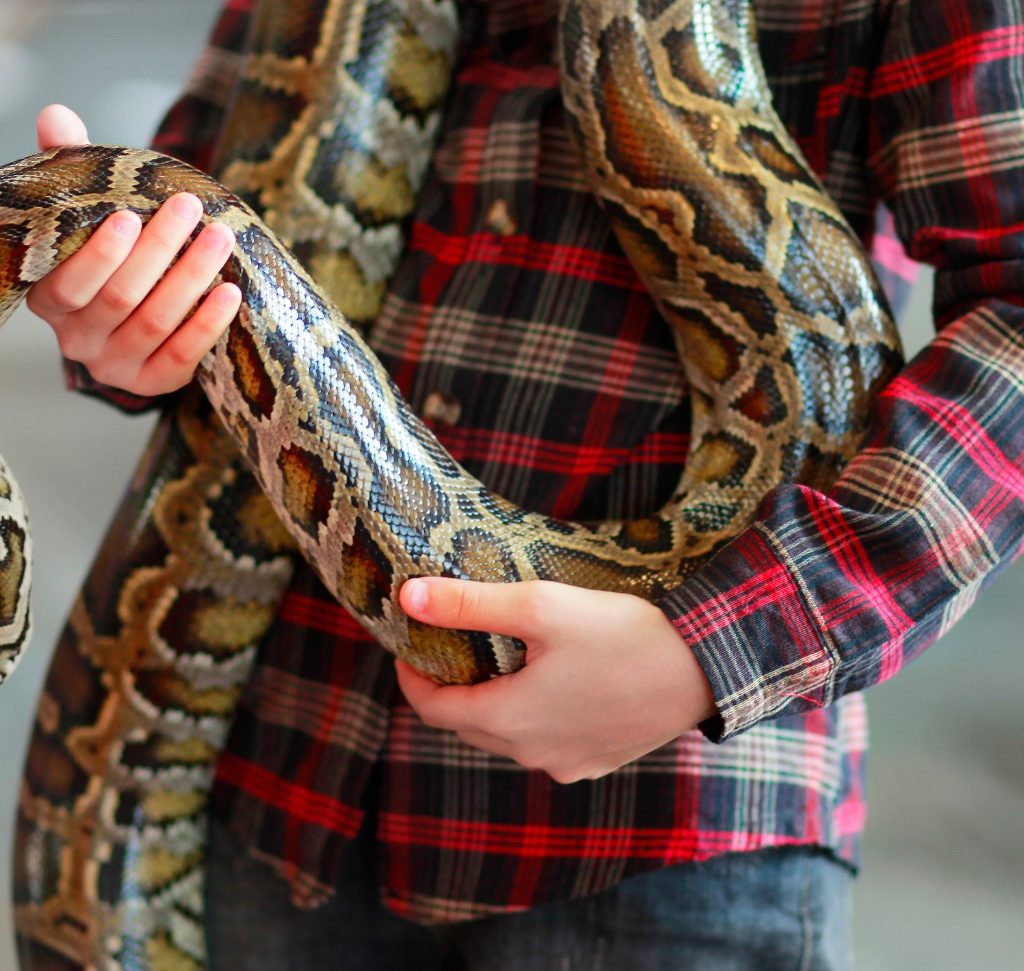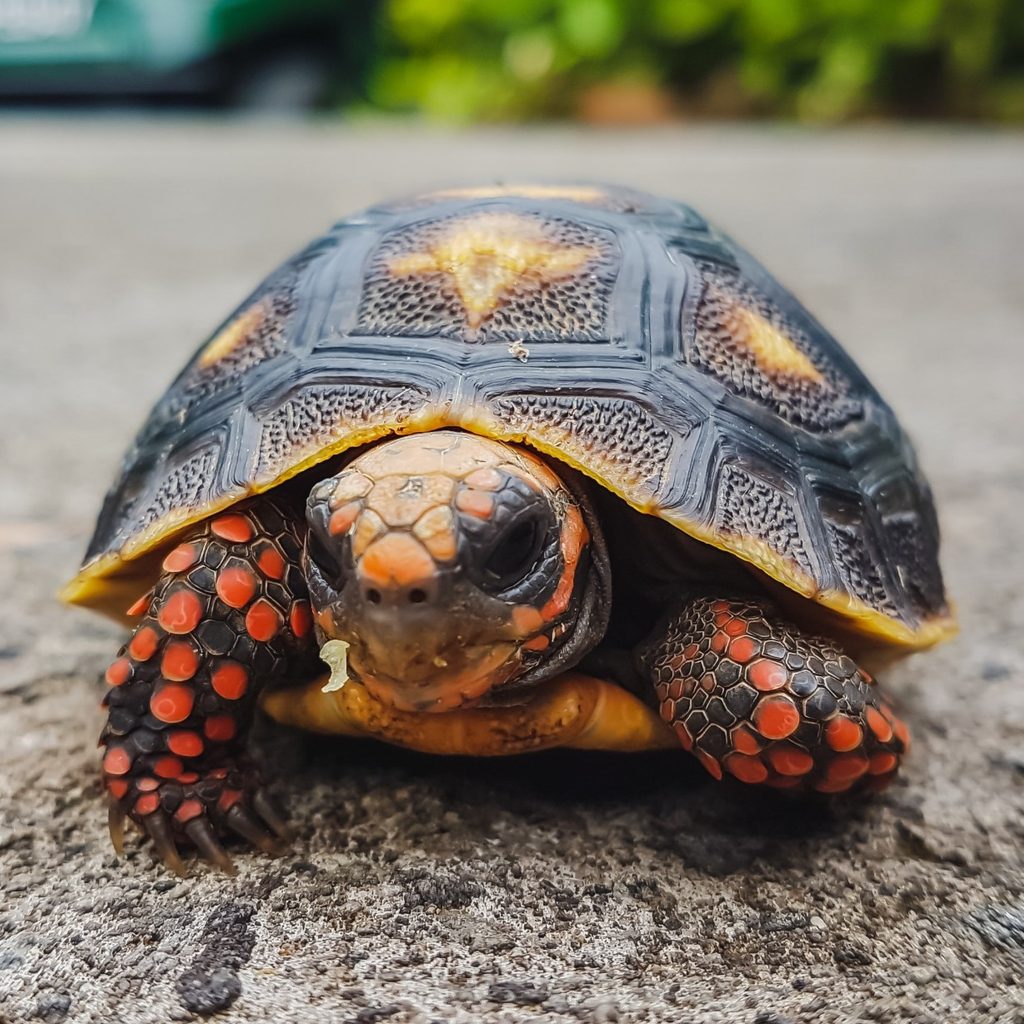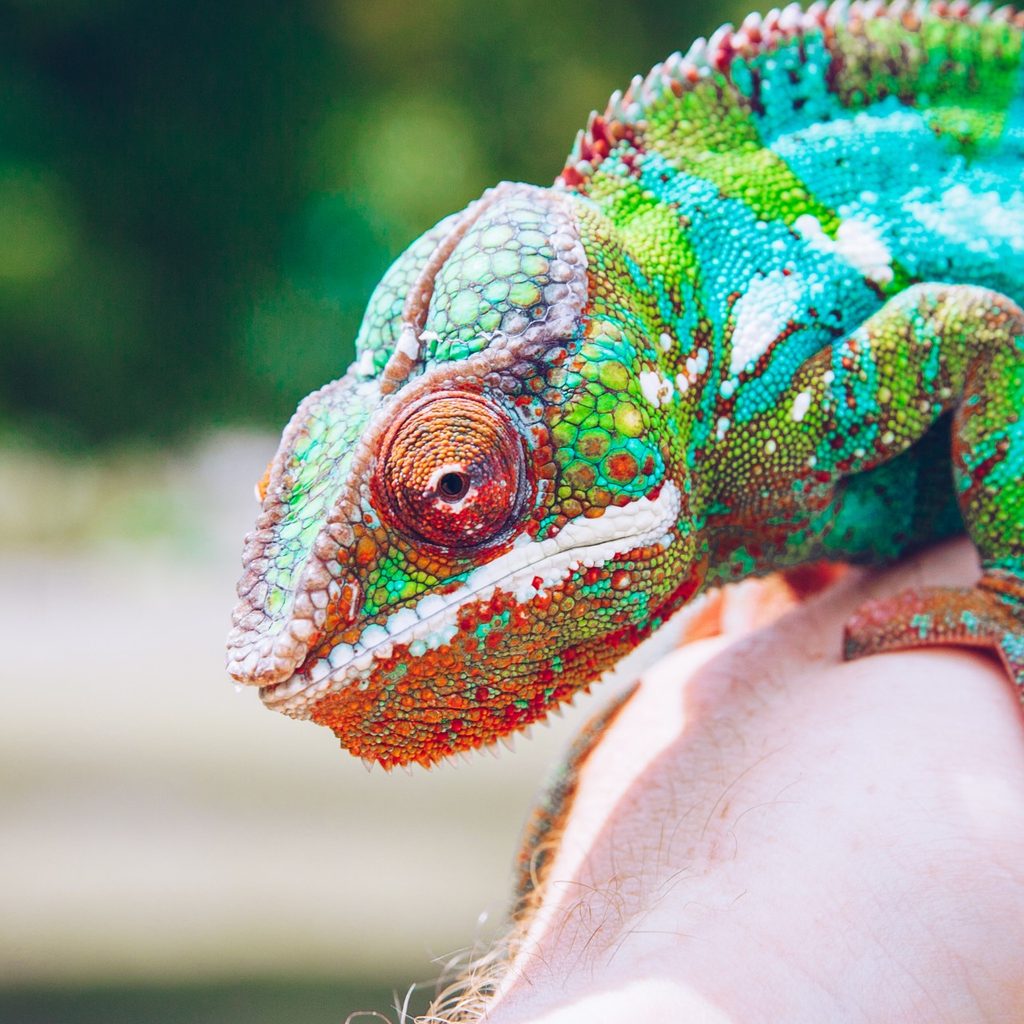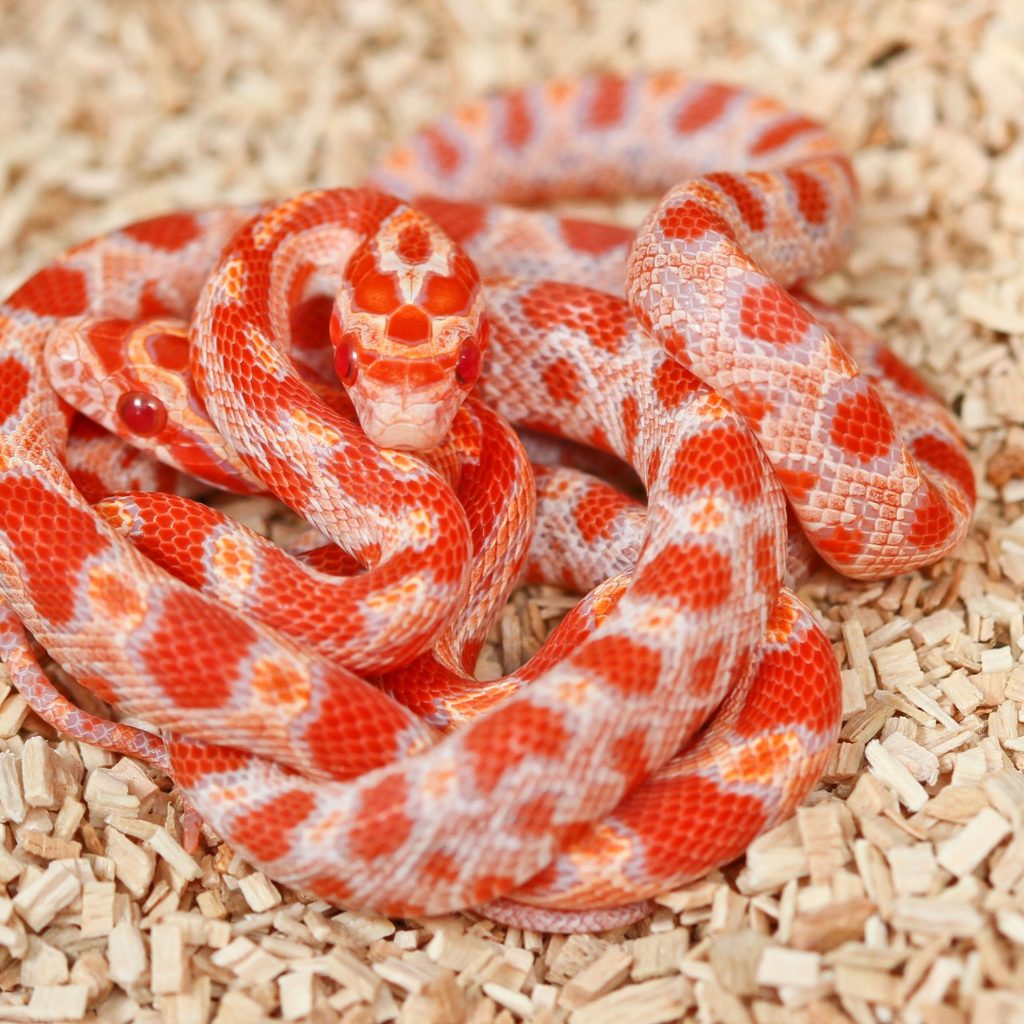Owning a reptile as a pet is a rewarding experience. Whether you just want to admire and care for them without too much commitment, or you specifically prefer reptiles that enjoy being handled as you intend to develop a strong bond and level of devotion to their well-being, introducing one into your life promises an experience full of curiosity, learning, and fun. From the exotic colors of chameleons to the impressive movement of pythons, these scaly friends can fill your time with wonderful observation and with time, bonding. There is a type of reptile for every level of experience. While some of them are super easy to care for, others require time investment, special equipment, and unique feeding habits to fulfill on a regular basis. But don’t worry because we will guide you to find your perfect cold-blooded companion.

Reptile basics
Reptiles are a very diverse class of animals including over 8,700 species around the world. They are famous for their unique scale-covered skin featuring beautiful patterns and colors.
Science divides them in four major groups: Turtles, lizards, crocodiles, and tuatara. This last one is almost completely wild and rare. They are descendants of an ancient group and not suitable as a pet. So, we will skip it all together. That leaves us with the three major groups of pet reptiles:
- Turtles
- Lizards
- Snakes
Each of these groups have specimens that are suitable for beginners, hobbyists, and expert herpetologists alike. Let’s dive in and find your ideal match.
Turtles

Turtles are the largest and probably most beloved group of reptiles. Incredibly common in pet stores, a few popular species grow a lot more than expected and end up in rescue shelters. They have an incredibly long lifespan that can go from 50 to 100 years with proper care and in the right habitat. Children enjoy caring for new baby turtles. Unfortunately, since they are not the most entertaining of all, some kids get bored with them, and parents give up on the hard work to keep them happy.
If you are an experienced reptile owner, ready to invest in unique equipment, and have a passion for these beautiful animals, here are the best species to get started with:
Eastern box turtle: A highly adaptable turtle that does not have any aquatic requirements. They are omnivores and live in many different climates. They have a long lifespan but moderate growth. You can feed them both plants and insects.
Red-eared slider: Freshwater turtles that are sold as babies but have tremendous growth. Their adult size is impressive and they require regular tank cleaning. You will have to upgrade their habitat in size several times as they grow. In adulthood, they are the happiest in ponds and not in tanks.
Lizards

Lizards are the best place to start when owning a pet. They are fun to watch, easy to feed, and they offer the biggest diversity when it comes to domestic species. Many of them need little special care and are very happy in captivity. You will need a tank, heating element, and for some species special lighting requirements. These are our favorite lizard pets:
Leopard gecko: This is the ultimate beginner’s reptile. They are cute, social, and amazing to feed. They eat easily available insects like crickets and mealworms. They are nocturnal so they don’t need any special light to feel at home.
Bearded dragon: A reptile full of personality, beardies are easy to care for and love to interact with their owners. They are bigger than geckos and eat both insects and vegetables. They are awake during the day, making them perfect for the kids to watch in the daytime.
Chameleon: The most exotic of pet lizards, chameleons require a very specific environment to live in and are easily stressed with any level of handling. If you are looking for a display pet and ready to invest in the proper habitat, chameleons are a treat to watch. Their shifting colors are impressive.
Snakes

Snakes are an incredible animal that many love to admire but few venture into owning. They need space, a diet of live animals, and special care. If you are OK with feeding live prey to your snake on a regular basis, you will love the experience of having a pet snake. Here are our recommendations for beginners:
Corn snake: One of the friendliest snakes to handle, this native to the U.S. comes in a range of colors and is easy to feed. Corn snakes eat both live and frozen mice once a week on average.
Ball python: A great snake for beginners because of their small size. They are a bit shy and have a lifespan of 25 years. They don’t have any special tank requirements and come in many colors and patterns.
As you can see, reptiles are great pets to own. They are fascinating to watch, easy to care for, and will bring you hours of enjoyment. With the right equipment and attitude, you can easily create the perfect environment for them to thrive and be your companions for many years.


